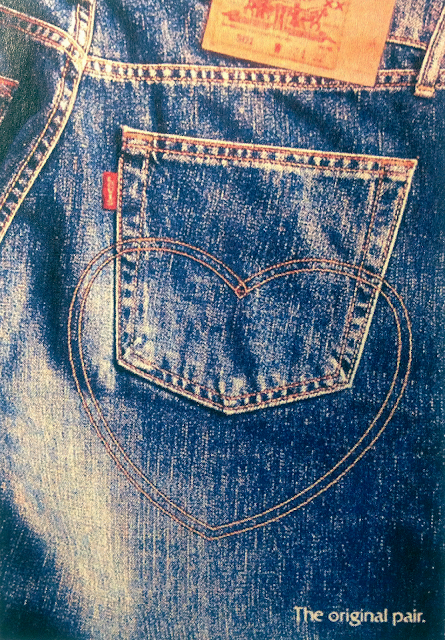Semiotics - a science about signs, is based on the ability of human to get the information about the world by recognizing and interpreting various signs. Semiotics deals with investigation of how the meanings are created, initially in language and textual format. The major principles of Semiotics were introduced by Ferdinand de Saussure in terms of linguistics. He proposed the perspective on language as at the structured system of signs and meanings. This groundbreaking principle became a pillar for structuralism theory, that considered underlying structures that helped to define the world within social and cultural spheres.
When it comes to meanings and their construction, the concepts of connotation and denotation have to be introduced. Roland Barthes, who proposed these idea of the meaning is being constructed on two levels - connotative and denotative. The two concepts are fundamental for semiotic analysis. The first level is denotation - the most easily identifiable part of the sign (physical form). Whereas connotation represents the attached meanings of the denotation. For example, White House, which denotes a building, a residence of the U.S. president, can connote such concepts as power and wealth. While the combination of the two levels is strong and spread enough, it can result in the formation of another scope of signification - myth. According to Barthes, myth is a signifying system which is built upon the previously existing semiotic sequence. When the denotative meaning has a connotative meaning attached to it by means of associative chains, the myth is formed. Myth can be successfully applied in terms of analyzing cultural and social phenomena, such as advertising.
When it comes to meanings and their construction, the concepts of connotation and denotation have to be introduced. Roland Barthes, who proposed these idea of the meaning is being constructed on two levels - connotative and denotative. The two concepts are fundamental for semiotic analysis. The first level is denotation - the most easily identifiable part of the sign (physical form). Whereas connotation represents the attached meanings of the denotation. For example, White House, which denotes a building, a residence of the U.S. president, can connote such concepts as power and wealth. While the combination of the two levels is strong and spread enough, it can result in the formation of another scope of signification - myth. According to Barthes, myth is a signifying system which is built upon the previously existing semiotic sequence. When the denotative meaning has a connotative meaning attached to it by means of associative chains, the myth is formed. Myth can be successfully applied in terms of analyzing cultural and social phenomena, such as advertising.
For demonstration of basic semiotic analyses I have chosen an old advertisement of Levi's jeans.
The whole advertisement is a photograph of the back pocket of a pair of classic-blue Levi's jeans. A standard pocket stitching pattern is formed into a heart - shaped ornament. Obviously, this advert, as most of them, serves as a means of certain correlation between the promoted product and certain emotional coloring. In this particular case, the aim of the creators is to establish associative connection between a pair of Levi's jeans and such emotional concepts as love and caring. On denotative level, a sign 'heart' is immediately spotted. The sign connotes positive associations with feelings of affection, love and attachment. Another significant detail here is the way the heart is fitting into the pair of jeans. Firstly, one part of classic Levi's style stitching is becoming the upper part of the heart. Secondly, the heart is tightly stitched into the textile. Both this denotative details are responsible for creating a strong bond between the brand and positive feeling of love.
Another denotative element here is a piece of text: 'The original pair'. It's apparent that the prior importance here is given to the word 'pair'. The denoted word can have two meanings: one that is directly related to the product itself - a pair of jeans; and one that refers to the idea of romantic relationship. Such connotative coincidence results in even stronger associations can be created between the product and the concept. Therefore, if taking in account connotative side of the image, the myth behind it can sound somehow like that: Our product is made with caring about you and you are going to fall in love with it. While the myth has been determined, it's possible to outline the Syntagmatic and paradigmatic elements of the image. Syntagmatic, those that can be changed without the altering the initial meaning - can be those like color of stitches, typeface or size of the text and the model of jeans. Whilst, paradigmatic - those that are of significance for the construction of the desired meaning: the shape of the stitched into element - heart - could not be changed for a star for example.
The analysis demonstrates how the principles of semiotics can be used in deconstruction of the visual messages that are encrypted in advertisements and other kinds of visual-based media.
Questioning the relevance of color of jeans as of syntagmatic sign.

No comments:
Post a Comment